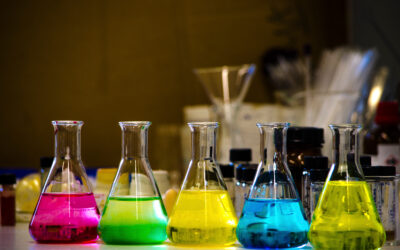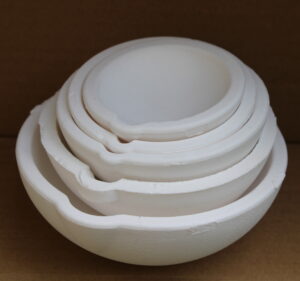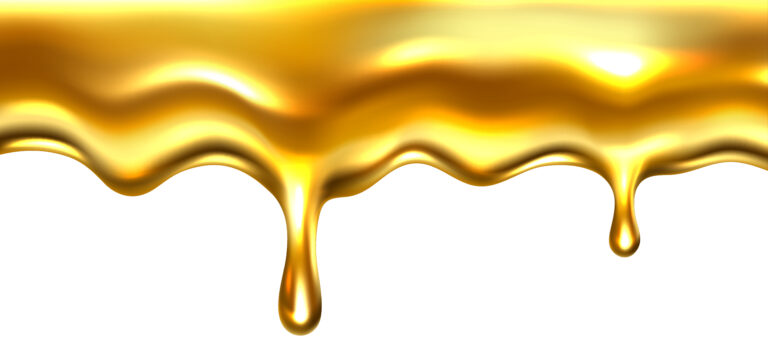
Colorful solution in conical flask lined on a bench in a chemistry lab with blur background organic chemistry experiment photography for background use
Extracting and melting gold
Some will wonder how they recover such a precious metal, which must be difficult. Without taking anything away from it, it is difficult, it is more of a random attempt, it is not always achieved. The process for extracting gold in electronic products or things that have gold on top is one through chemicals. Most of these chemicals are difficult to get, at least the genuine ones; So they solve it by using home maintenance products and others.
The extraction process involves nitric acid, which air transportation does not allow to reach many places so easily. In succession and to solve this, they turn to sodium nitrate, which is a substitute for nitric acid in solid, non-liquid and non-toxic form. This is used to separate the gold from where it is found but mostly its focus is on copper. They use one ounce for every ounce of metal, for nitric acid it seems to me that it is 15 ml.
The substitute is added to a glass container, usually diluted with water and the ounce of metal containing gold is added, then it remains to wait for it to do the work of extracting the gold. Once the process is finished, they filter the content, leaving the gold thoroughly and cleaning it of any impurities or large non-gold pieces that may have remained.
To these results or to the remaining extracted material, which should be easy to identify as gold, they take it and add it to another glass container and into it they pour hydrochloride, normally 15%. There is also a setback here and that is that hydrochloride is not easy to find either for reasons similar to nitric acid, so they use muriatic acid and dilute it and add that. Using the hydrochloride, it will be added around 90 ml per oz. The most common thing is to add about 90 ml per oz. You doubt if it is 1oz of gold or metal, but most of them clarify the metal, so it is 90 ml. This is done to dissolve the different carats of gold into one and make it pure, meaning 24k.
Here you also have to wait an indefinite period of time while the acid completely dissolves the gold. They assure that it should be dissolved in 1 hour. It must be something palpable to the eye but I have different experiences like this and others. Once the other has elapsed, let’s say, the dissolved gold must be separated from the solution, this is called precipitating it and the chemical is also known as a gold precipitator. There are different genuine names, there are different precipitators such as metabisulfite and this is the most common among many. Once an hour of diluting, we must add our chosen precipitator and wait. Once this is done, the entire solution is filtered using some type of filter that makes the residue easy to dispose of, normally they use coffee maker filters.
For all this, you must use masks, gloves, etc. They all burn or suffocate alone or when combined.
Once you have the result, it is usually a gray powder, orange-yellow to dark brown. Start heating the crucible as the melting mold is known and make sure it is at the correct temperature using instruments for this. Once the temperature reaches 1.945 degrees Fahrenheit or 1.064 °C, take the paper or filter with the gold, make it smaller without losing material and make it into a ball and throw it into the crucible.
Now let’s see if it was gold and if we did it well.





